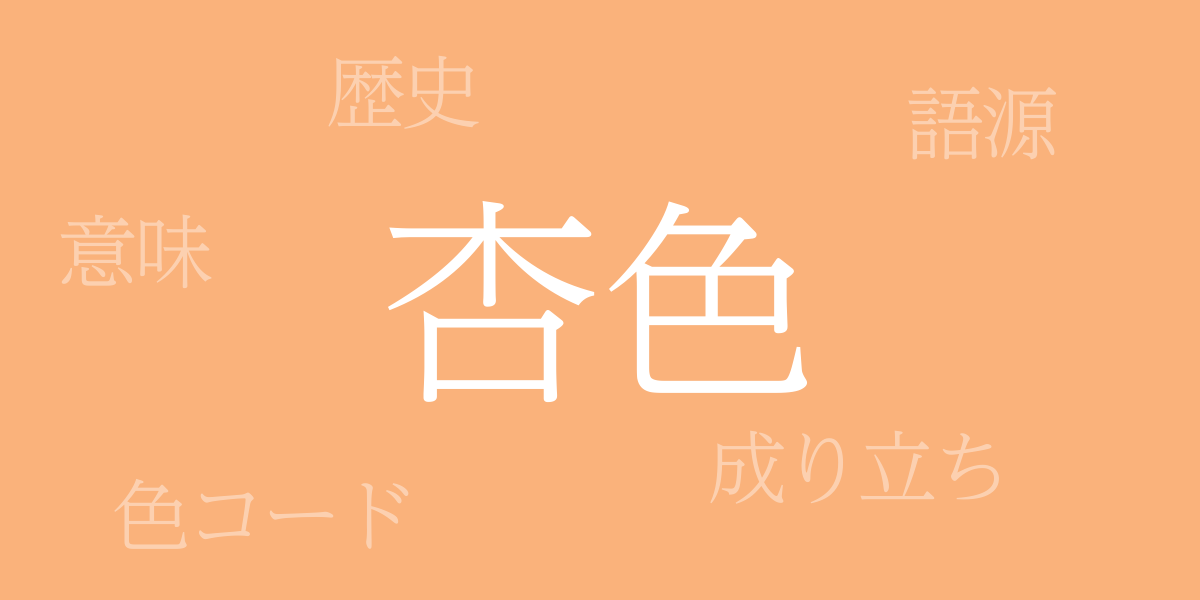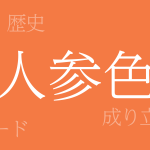Japan’s four seasons are known for their diverse colors, which have cultivated a unique sense of color through its long history. Among these, “Apricot (あんずいろ – Anzuiro)” continues to enchant many with its gentle hue. This article explores the allure of Apricot, delving into its history, color codes, and its Western name.
About Apricot (あんずいろ – Anzuiro)
Apricot (あんずいろ – Anzuiro) is a traditional Japanese color, resembling the light yellowish-orange of an apricot fruit. This color, reflecting nature’s soft light and shadows, is beloved across various fields such as clothing, art, and design. Apricot is known for its tranquility and warmth, soothing the viewer’s heart.
The History of Apricot
Apricot has been used in Japan since the Heian period, particularly treasured within the court culture. It frequently appeared in the attire of nobles and literary works, where it was esteemed as an elegant and calming color. Additionally, in Japanese culture, which cherishes the changing seasons, Apricot is cherished as a symbol of the arrival of spring.
Apricot Color Codes
To accurately reproduce Apricot in digital design and printing, precise color codes are needed. Below are the typical color codes for Apricot:
- HEX: #FAB27B
- RGB: R:250 G:178 B:123
- CMYK: C:0.0 M:28.8 Y:50.8 K:2.0
The Western Name for Apricot
In English, Apricot is known as “Apricot.” True to its name, it evokes the fruit and is cherished in the West as a color that heralds spring and warmth. Apricot is used in various scenes such as interior and fashion, creating a soft and gentle mood.
Conclusion on Apricot
Apricot is one of the colors that symbolize Japanese tradition and culture, and its beauty has been loved across ages. While it has historical significance, its value remains unchanged in modern design and art, bringing warm colors to our lives. Through this article, we hope you are inspired to incorporate the deep charm of Apricot into your daily life.

























